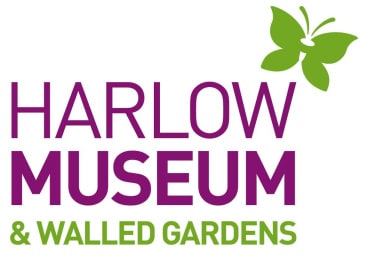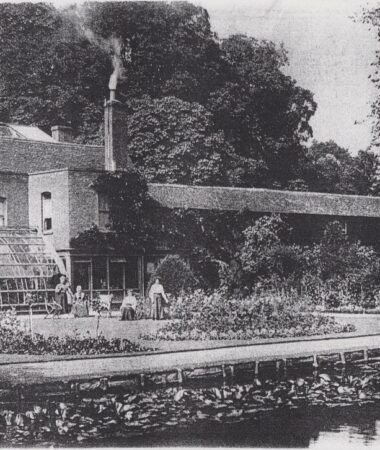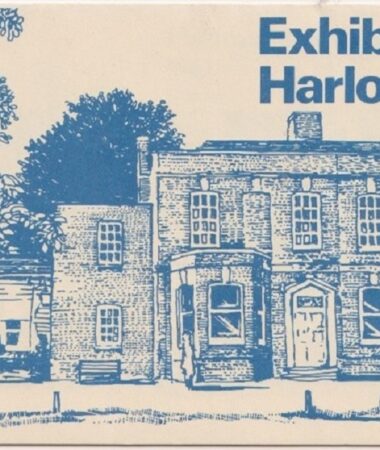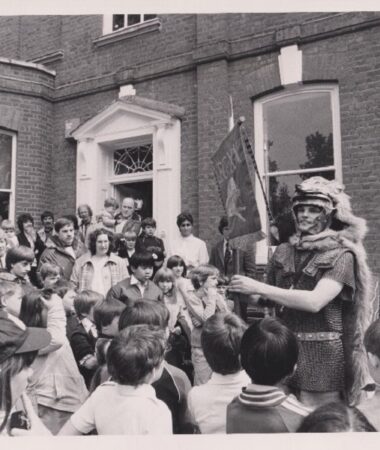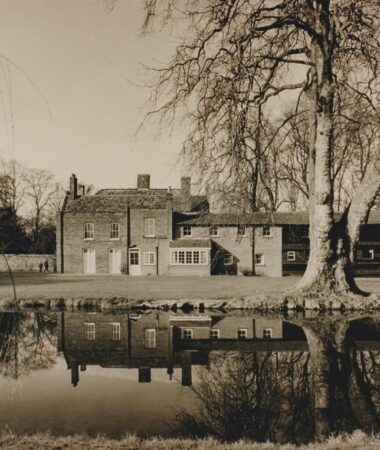
History
The manor in which Passmores house is situated was first mentioned in the Domesday Survey in 1086. The land would have looked very different, consisting of 5 acres of pasture and woodland. There is little documentation about the site’s early history, but it is known that a medieval moated hall/house stood on the site.
It is believed the Passemer family tenanted the estate for over 300 years, up until the end of the 15th Century. The family gave their name to the manor, which later became Passmores. Tenancy of the estate then passed to the Bevis Family, who obtained the title to the property at the Dissolution of the monasteries. By 1623 the estate had expanded to nearly 80 acres. Eventually the acres were divided into smaller portions and inherited through various families.
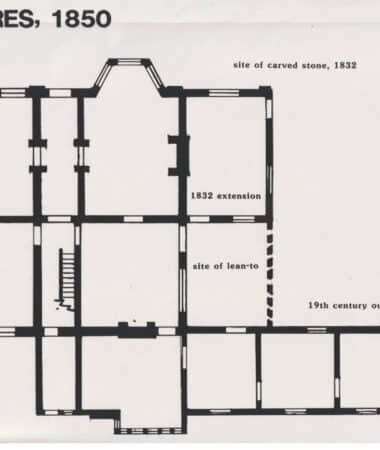
The House
In 1727 Jonathan Nunn renovated the original house, turning it from a timber frame building to a Georgian House with red brick. Later modifications included the addition of an entrance hall at the front, partitioning of the dining room and a new large bay window. In 1793 the landowners were the Bayley family, they carried out further adjustments and added a modern boiler room, as well as landscaping the immediate environment to form a miniature parkland. Several owners followed and in 1912 Randal Slacke became a tenant, most notably he was the first resident of Great Parndon to own a motor car. The subsequent Dent family took over the house in 1921 and installed electricity and a telephone.
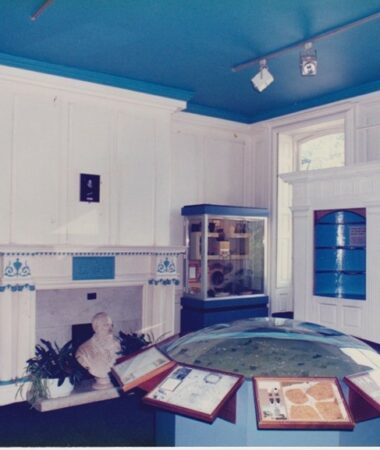
Later Years
In 1972 the estate was acquired by Harlow Urban District Council, and in 1973 opened as the town’s museum. As it was known then, Harlow Museum housed many fascinating artefacts relating to the town’s history. Visitors could enjoy tours, talks, and events, all within the estate’s scenic background. In later years the Museum moved to its new home within a former stable block near Mark Hall.
Today Passmores House is Grade II listed and has maintained much of its original appearance. The grounds that the house stands on and the remains of the moat have Scheduled Monument status. Currently the house is privately owned and not accessible to the public.
What to see at Harlow Museum?
Harlow Museum & Walled Gardens features the Parish Gallery, exploring the five parishes which originally made up the land where Harlow Town now stands, including Potter Street, Latton, Netteswell, Little and Great Parndon. During your visit you can view multiple maps and artefacts that offer a fascinating glimpse into the physical landscape and lives of residents living in the parishes.
Learn more about the Parish Gallery here
